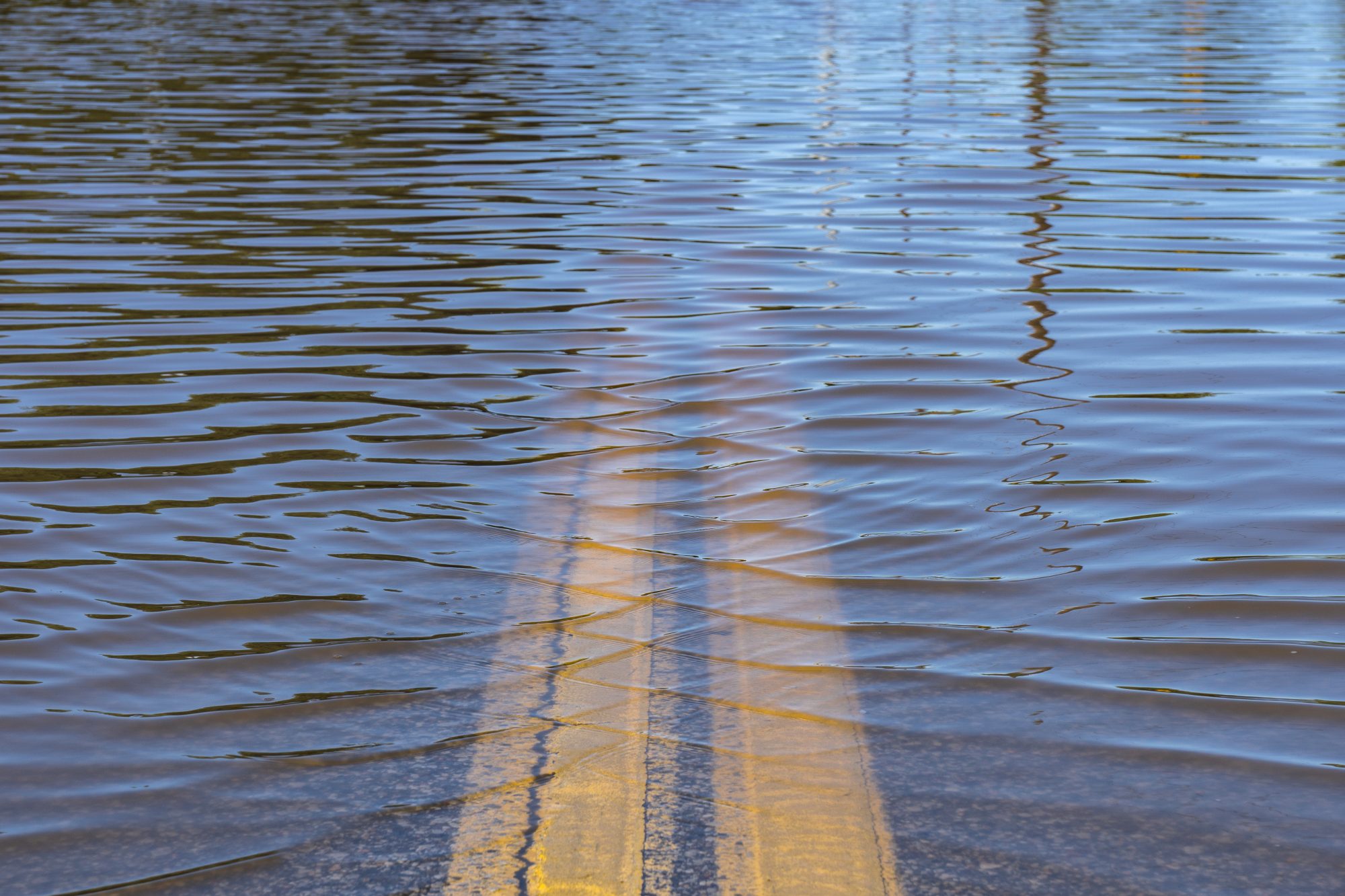The perfect flood map doesn’t exist, but that shouldn’t stop decision-makers from using the ones that are currently within reach.
By: Charlotte Milne
Since the 1970s, experts have been producing maps in an attempt to understand Canada’s costliest natural disaster: floods. In an ideal world, flood maps would be used to inform decisions that reduce flood damages. While there are still data and knowledge gaps, the overall ability to produce high quality flood maps in Canada has increased drastically throughout the 21st century. However, despite the growing capacity to understand flood behavior, flood damage continues to rise across the country.
What is a flood map?
These maps show areas that are likely to flood, or where water may reach during specific weather events or flood scenarios.
In February 2025, Natural Resources Canada, Climate West, and the Pacific Institute for Climate Solutions hosted the Western Canadian Flood Mapping Conference. The two-day event convened flood mapping experts from across Western Canada to discuss the current challenges and opportunities for improving flood mapping in the region.
At an event filled with engineering and Geographic Information System (GIS) specialists, one might expect discussions to focus on the technical challenges of data acquisition and advanced modeling. These topics certainly came up, but they weren’t the main focus. Instead, a shared frustration emerged from the experts’ discussions. While they wanted to see more widespread and technically advanced flood mapping, their biggest concern was the lack of effective map use in managing flood risk in Canada.

Flood risk management can take many forms, from raising public flood awareness so people can make informed property or insurance decisions, to carefully regulating development in flood-prone areas. If maps are available, they should be used to inform policy and regulation, including preventing development in the mapped ‘flood zone’, and setting flood-proofing requirements for exposed assets. But in practice, public and commercial pressures often prevent such regulations from taking shape.
The problem is in parts of Canada, including British Columbia, many flood maps remain inaccessible to the public. Additionally, in jurisdictions like B.C., flood regulation decisions are made primarily by local governments, leading to diverse regulations and enforcement dependent on local resources and political will.
The lack of publicly available maps and the absence of regulations, or lack of regulation enforcement, are often blamed on low-accuracy flood maps. The rationale is that without a precise understanding of where flood waters will go in different scenarios, it’s unwise to risk impacting property values, upsetting the public, or unnecessarily restricting economic development. This reasoning may be fair in locations where flood maps have never been completed, or where maps haven’t been updated for almost half a century, but it becomes less justified when more recent maps exist. Hesitation over map use doesn’t just maintain current levels of flood risk. It allows potential flood damage to grow in its extent and magnitude as development in flood-prone areas carries on without adequate safeguards.
No flood map is ever perfect. At best, it represents an informed but flawed estimate of where a historic flood went, or where future floods might go. Even with advances in mapping, there will always be uncertainty. Decision-makers need to accept flood maps for what they are—imperfect but useful tools. The pursuit of absolute accuracy is inadvertently delaying progress on flood risk reduction.
Canadian governments at all levels need to avoid using ‘imperfect’ maps as an excuse for inaction and instead be transparent around their decisions on regulation and map disclosure. As one workshop attendee put it: “no decision is still a decision.”
At this point, any effort to raise flood awareness and limit development in flood-prone areas is a step in the right direction. If that means restricting development based on a slightly flawed flood estimation, so be it. Better to have stopped flood damage from impacting some people and their assets than to have done nothing at all.
A key step forward is to define the purpose of new flood maps before they are created. What will this map be used for? Who will have access to it? What specific risk-reducing decisions will be made based on the information the map contains? Too often, maps are being made without a committed end goal.
It’s time to shift from creating flood maps that might prove useful, to generating maps that are actively used to protect Canadian communities.
Charlotte Milne is a PhD Candidate in the Institute for Resources, Environment and Sustainability at the University of British Columbia, and a Research Affiliate with Natural Resources Canada. She holds an MSc specializing in fluvial geomorphology and GIS and has worked as a researcher on disaster risk projects across Canada and Aotearoa (NZ).
